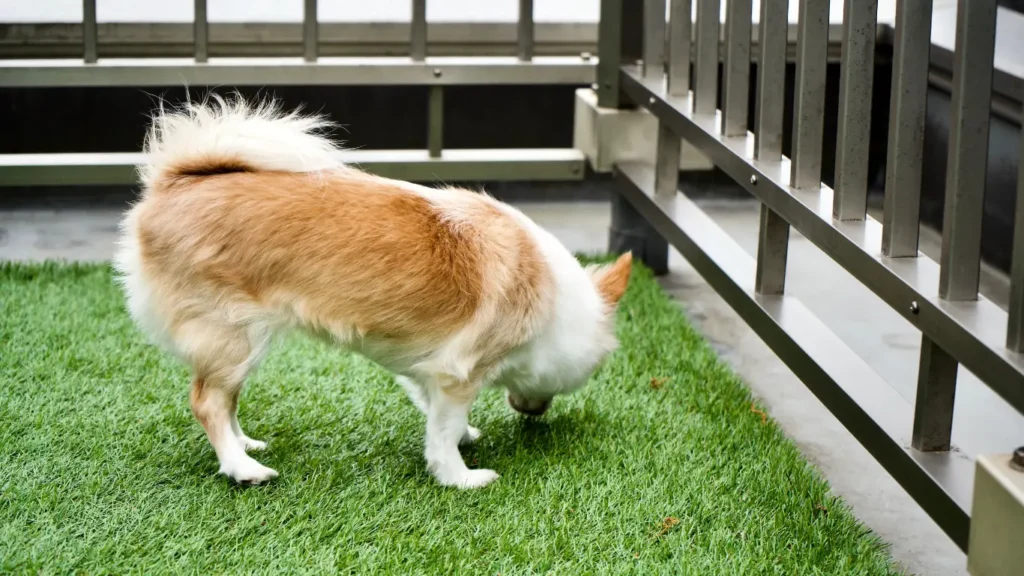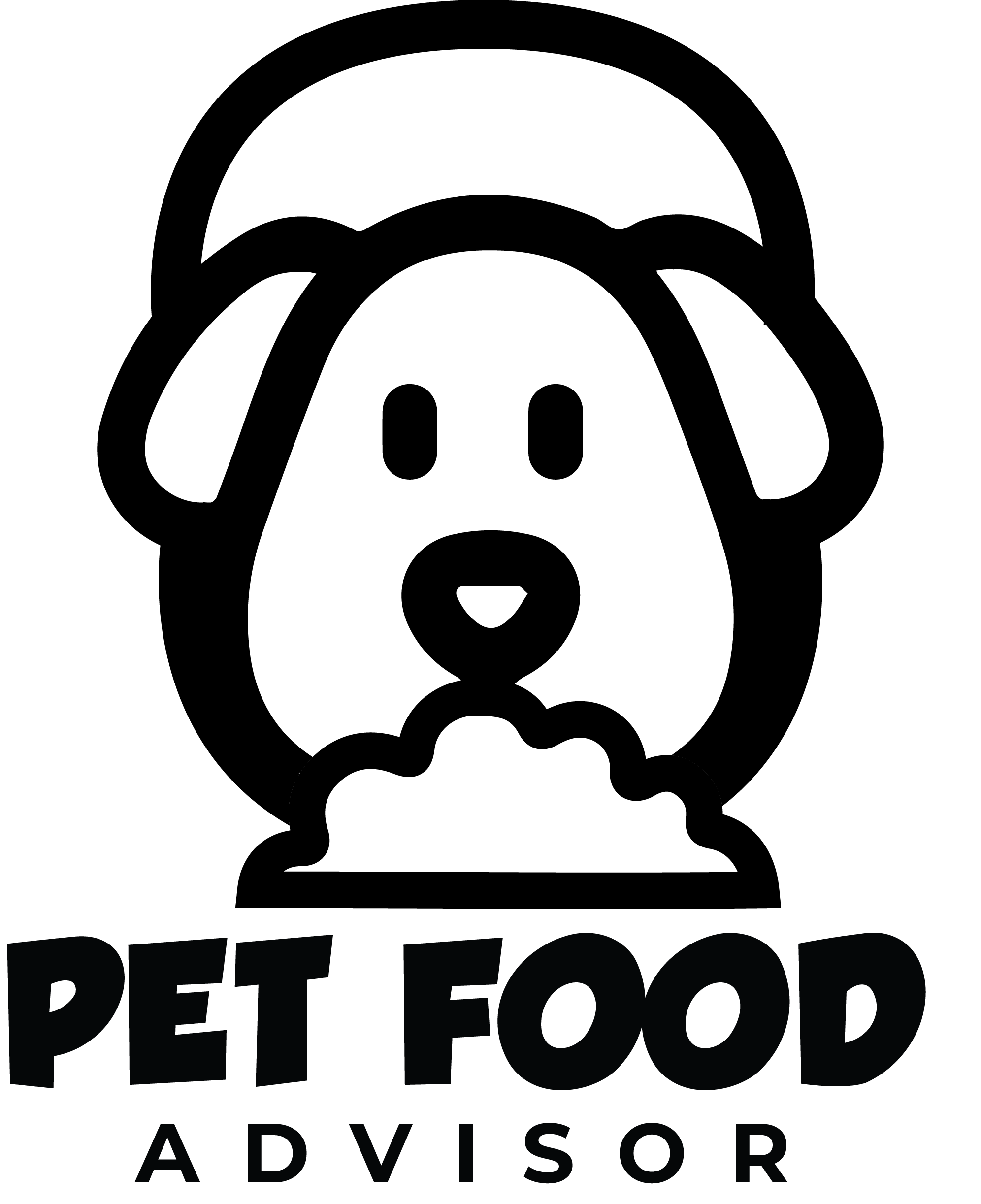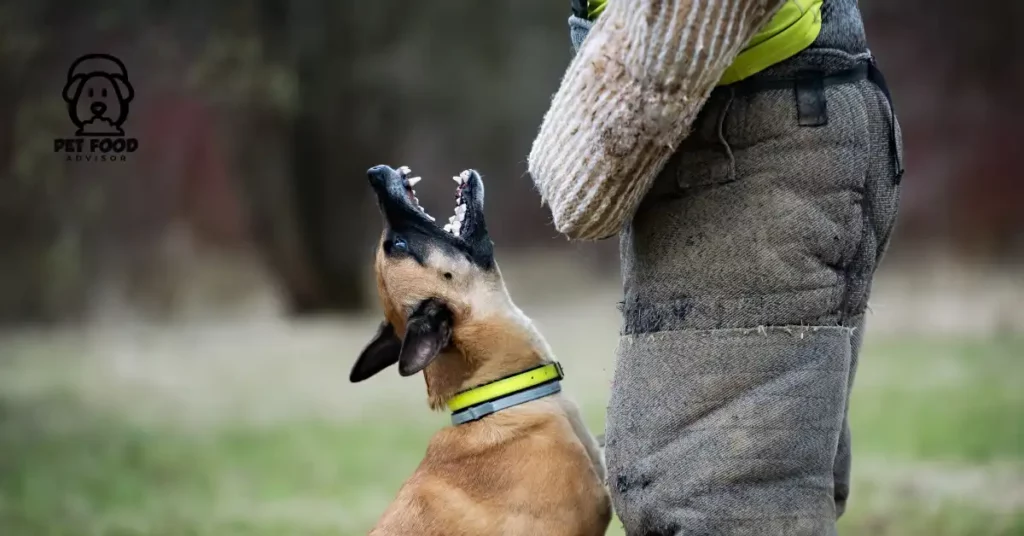Every person wants their dogs to play freely outside their houses. You know that some elements can hurt your dogs if you have a garden in your house. Foxglove and autumn crocus are dangerous flowers that occasionally cause major health problems for your cherished dog. Studies reveal that having thick green grass at your home is detrimental to your dog.
Benefits of creating an alternative to grass for dogs
It is the best advantage for your dog and yourself if you convert your lawn into a grassless garden. You also need to put in more effort to take care of your ground. To keep grass lawns gorgeous takes a lot of water; frequent watering is required to prevent dog poop. Grass might also be an allergy for many canines, causing skin irritation.
You can take in the sight of little white flowers blooming in the spring and summer.
Factors for Dog-Friendly Alternatives to Grass
Designing a dog-friendly yard without traditional grass provides several choices. You must consider the other elements that have to be investigated, even if you have chosen the best course of action.
- Friendly Poop and Pee
Dogs prefer surfaces that feel comfortable and natural for their bathroom needs. So, when you search for an alternative to grass for dogs, you have to take the material that is friendly to your dog.
- Space to Stretch Out
My friends who have pets like to lounge in the sun. When choosing a grass substitute, make sure it provides a comfortable and soft yard for them to relax in and doesn’t hurt them.
- Non-Hazardous
When building a yard, also consider the safety of your pet. Focus on a safe and comfortable yard. Add some place to play and check it daily for any inconveniences.
- Conducive to Exploration and Exercise
Choose an alternative safe for your dog’s paws, snout, and teeth. Avoid hard surfaces that become too hot in the summer. If the surface is hard, it is not best for your dog. Dogs also create paths by repeatedly running along the same route, so the alternative should withstand frequent traffic.
Alternative Options to Grass for Dog-Friendly Yards
Some best options as alternative to grass for dogs yard.
Using Brick and Masonry as a Grass Alternative
You seek a grass substitute for dogs; brick is a great choice. It is not cheap and rather easy to set up. You rapidly clean the brick surface if your dog unintentionally urinates on it using water. Among its advantages are great resilience and minimal maintenance. Brick is also quite sturdy.
But there are also disadvantages to using brick. As you also know, brick can become hot in hot weather. Thus, if your dog wants to go outside in the scorching weather, then it is not at ease walking on the bricks. Compared to real grass, bricks offer a contrasting, rich, and bright scene. Some people prefer using stone instead of brick, as bricks can sometimes warp over time.
Using Irish Moss as a Grass Alternative
Irish Moss is a soft and mat-like ground cover that can be used as an alternative to grass for dogs. It is hard and versatile but requires more water, especially in hot weather. Suppose you are considering replacing your grass with Irish moss. You have the right to know that it is more challenging to maintain than regular grass.
Irish Moss is a suitable choice for areas where there is continuous rainfall. But there may be better options in dry-land regions.
Using Silver Carpet as a Grass Alternative
Silver Carpet is a natural ground covering option that is not grass. It is highly resilient and can withstand being stepped on by adults, children, and dogs. One of its attractive features is the emergence of yellow flowers during warmer weather. It grows close to the ground and requires relatively easy maintenance.
The Silver Carpet may appear patchy in areas where dogs frequently run. It is a hardy ground covering that will strive to stay alive despite the activity. Many dog owners prefer using Silver Carpets in smaller areas, such as between stepping stones. This is a great option to consider, as it will satisfy you and your dog.
Replacing Grass with Snow-in-Summer
A strong ground cover plant distinguished by brilliant white blossoms and silvery leaves, Snow-In-Summer. Although it is a hardy plant, it might not fit well in big, exposed spaces. It is, nevertheless, able to survive the actions of active dogs. One of its notable features is rapid growth and spreading. This may require special landscaping techniques to contain and prevent it from spreading too far.
Using Elfin Thyme as a Grass Alternative
Dogs can safely consume the decorative herb elfin thyme. It has a pleasant scent, particularly during the summer. Although it is edible, it provides little nutrition to dogs and other non-ruminant animals. This ground cover typically grows no higher than two inches. It improves the look of rock gardens and gives a soft and peaceful place for your dog to rest, making it a fantastic add-on.
Better choices might exist if you have a dog that is energetic. But Elfin Thyme is dog-friendly if you have a smaller, more laid-back dog, and provides the extra benefit of lovely purple flowers during summer.

Important factors in designing a grassless yard for dogs
When your designing alternative to grass for dogs some important factors keep in mind.
- Fencing
You are choosing a suitable fencing option, such as wood. It keeps canines from leaving and helps you to secure the neighborhood. Guarantee that the fence is sufficiently high and extends below grade to prevent climbing and digging. You have to ensure your dog’s safety.
- Layout
Construct a practical and pleasant design with dog-friendly, strong materials. Because the comfortable design always feels attractive to your dog. The best option for this is to build pathways out of rocks, wood planks, or paving stones. For dogs to enjoy, add grassy areas, benches, or perches.
- Wood chips
Although inexpensive, wood chips can be choking hazards and fragment risks for dogs. They might also draw fleas and contain rodents.
- Synthetic Turf
Install synthetic turf for a consistent and durable playing surface. It eliminates dead spots and uneven land, providing a safer dog environment.
- Gravel
The gravel yard is dog-friendly. Using gravel instead of grass for your yard simplifies setup and cleaning, as it remains clean and mud-free even when it rains, making it easier to maintain for dog owners. The majority of owners use ravel along pathways where grass cannot survive or in high-traffic areas where dog runs.
- Mulch
Mulch is used to cover the ground. It is made with wood chips. Its surface is soft and easy to clean. Make sure you use large wood instead of small pieces. So, your dog can safely move on the wooden ground.
Benefits of Artificial Grass for Dogs
Homeowners looking for a grass that won’t hurt their dogs should consider artificial grass. It also wants low maintenance and is pest-free.
It has the advantage that many dogs want to dig in the yard. But if there is artificial grass, the owner is safe from the hassle of filling up holes in the yard. I also want to tell you about my experience with artificial grass.

Conclusion
In summary, we discuss that the friendly yard is made without grass. It may consist of wooden chips and make your yard more comfortable. It helps your pet to grow in a clean and enjoyable place as an alternative to grass for dogs.
FAQs
Q1. What is the natural substitutes that replace with grass?
A1. Soft and safe choices are best with creeping thyme, or pea gravel.
Q2. Is mulch secure for dogs?
A2. Prevent cocoa mulch, which is dangerous; instead of it, use pet-safe mulch such as cedar or pine.
Q3. Which choice is simplest to manage the alternative to grass for dogs?
A3. The least amount of watering and care belongs to gravel or artificial turf.
Q4. Can dogs burrow through artificial turf?
A4. Not easily. Select a strong turf designed for dogs to stop digging.
Q5. Are grass alternatives comfortable for dogs to play on?
A5. Yes, many options like clover, artificial turf, and pea gravel are soft and safe, giving dogs a comfortable space to run and relax.



